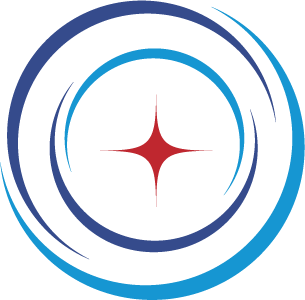A group of Futures students enjoyed an unforgettable trip to Berlin, where they explored some of the city’s most exciting scientific and technological landmarks … and took a step back to experience what life was like in East Germany during the Cold War. Their packed itinerary took in cutting-edge engineering and groundbreaking space technology that brought STEM subjects to life.
It’s fair to say the 07.55 Sunday morning check-in at Heathrow was not everyone’s highlight but we soon made the short hop to Berlin and used the afternoon to visit the iconic Checkpoint Charlie and Berlin’s famous Friedrichstrasse before checking in at our hotel and enjoying dinner at Bella Italia.

Monday began with a guided tour of the Olympiastadion (home of Hertha Berlin). Built for the 1936 Olympics, it remains Germany’s largest stadium with a 74,475 capacity. We learned about the technology used to maintain such a significant historical landmark and its passage through time from the dark days of the Nazi regime, through the isolation of the Cold War to the opportunities of the present.
Next up was the DDR Museum, where we had the opportunity to explore how technology evolved during the Cold War. From communication devices to transportation innovations, we got to see how science and engineering shaped everyday life in East Germany. This historical perspective allowed us to appreciate the rapid pace of technological development and its impact on society.

We got to sample the comfort of the Trabant – one the most popular cars in East Germany during the Cold War.
One of the most exciting moments of the trip was the visit to the Berliner Fernsehturm (TV Tower). As one of the tallest and most recognisable structures in Europe, the tower is a masterpiece of engineering. Students asked questions about the physics of skyscraper construction, including how wind resistance and weight distribution play a crucial role in stability. Standing at the top of the tower, we saw Berlin from a whole new perspective. Wow!
The third day of the trip was all about engineering and innovation. The morning began with a visit to the Deutsches Technikmuseum Berlin (German Technology Museum), where we explored exhibits on aviation, rail transport and computing. Students got hands-on with mechanical and electrical engineering principles, seeing how past inventions paved the way for modern technology.
A real highlight of the trip was our visit to the BMW Group Plant Tour, where students observed some of the state-of-the-art manufacturing processes employed by the engineering and automotive powerhouse. Seeing how technology and robotics have evolved to deliver the precision needed for high-performance machines left everyone in awe. The tour showcased automation in action and was inspiring to those wishing to pursue careers in engineering.

Later, we tested our problem-solving skills at the Deutsches Spionagemuseum German Spy Museum, where we learned about cryptography and cybersecurity. Students explored how technology is used to protect sensitive information, an increasingly important topic in the digital age.
The final day featured a visit to the Computerspielemuseum, a paradise for students interested in video game design and software engineering. They explored the history of gaming, from early arcade machines to modern virtual reality, and gained insight into the coding and technology that make games possible.

Before heading home, we had the opportunity to tour the Reichstag Dome, where we learned how sustainable architecture and energy-efficient design are shaping the future of public buildings. This visit tied together many of the trip’s themes – innovation, engineering and the real-world applications of STEM.
Our time in Berlin was far more than a sightseeing trip – it gave us an appreciation of how science, technology, engineering and mathematics are brought to together to keep a modern city working. By seeing these concepts in action, we returned home with a deeper appreciation of how STEM in the classroom relates to the way we live.
Images: Berliner Fernsehturm by Bernardo Ferreria from Pixabay; Reichstag Dome by Angelo Giordano from Pixabay. All other images © Copyright Aspirations Academies Trust.

